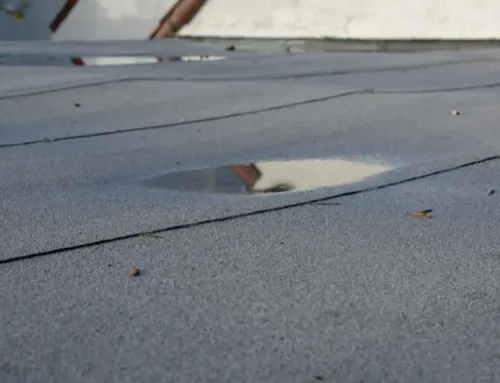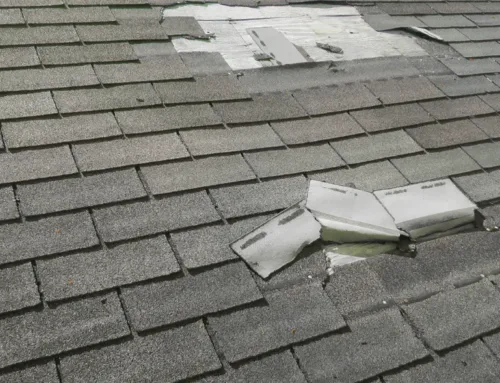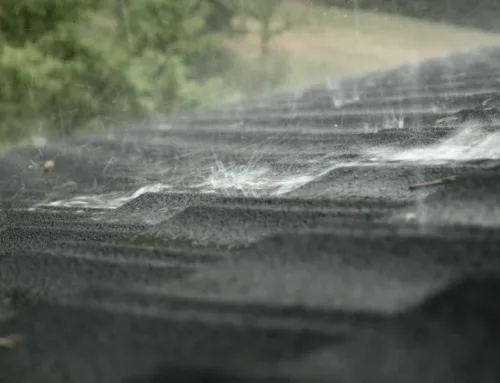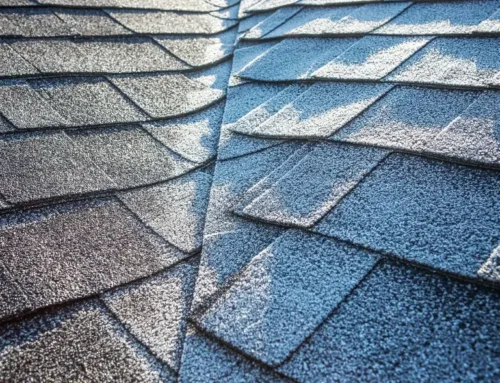
Signs Your Roof Has Wind Damage
Winter winds can threaten more than just plants and trees. A wind storm can impact your roof, and you may not even know it. Roof damages that go unattended can lead to a roof that leaks, rots, and needs replacement. But if you know what to look for, you can prevent long term damage and quickly reverse the effects wind has on your roof.
Why Should I Worry About Wind Damage?
Wind can damage your roof because it does not hit uniformly. Wind can rip off loose shingles or create loose spots around the edge of your roof. Falling debris from strong winds can also damage your roof. If you forget to check your roof after a storm with strong winds, you risk further complications that lead to more extensive (and more expensive) roof damage.
Wind Speeds to Watch For
Winds are likely to cause more damage, the stronger it is. Here are varying wind strengths and the potential damage they create:
- 45-57 mph: When winds reach this “non-severe” category, you can expect slight damage. Tree branches may break off and increase damage to loose shingles.
- 58-74 mph: 58 mph marks “severe” winds which significantly harms landscaping and structures. Tree limbs fall, shingles that were in good condition rip away from the roof, and you may notice issues with your chimney.
- 75+ mph: Widespread damage to trees is likely during these harsh winds. Mobile homes may flip, and extensive roof damage to homes and commercial buildings is typical.
Signs of Wind Damage
So, how do you know if your roof has experienced wind damage? The first place to look is your gutters. If you see granules (the sandpaper-like part of the shingle) piled in your gutter, hail or strong winds have impacted your roof. You may also notice shingles that are curling or peeling around the edge of the roof. Because shingles protect your home from water, curling shingles can quickly lead to water damage. Wind damage is easy to detect when you discover shingles are missing completely. If your chimney looks crooked, the sealant may be damaged which means your home is vulnerable to water leaking indoors. Discoloration on the walls or ceiling inside your home, peeling paint, or wet spots are also clear signs of roof damage.
If your roof is older, it is more susceptible to wind damage. If it’s time to replace your roof, talk to one of our GAF Master Elite Certified Roofers about materials that are wind resistant. If you can spot loose shingles, see a place where shingles are curling or peeling, experience chimney problems, notice a leak inside your home, or heavy debris has fallen onto your roof, a strong wind is a likely culprit. For a more extensive inspection roof damage, contact Alliance Roofing and schedule a free estimate today.









